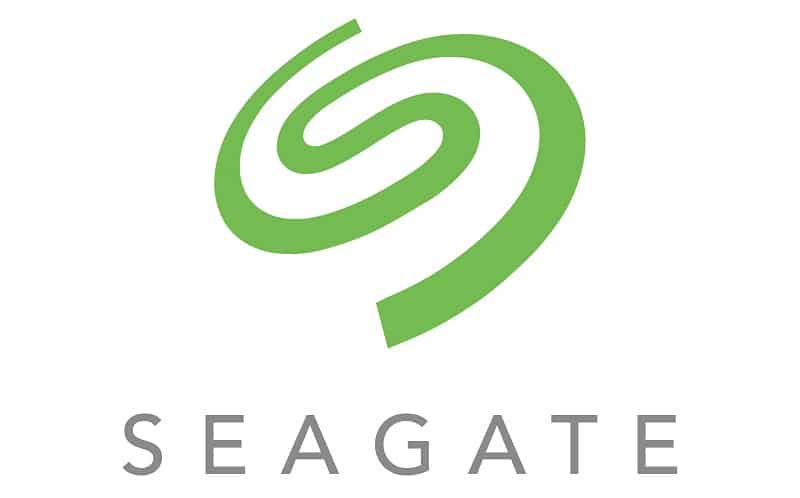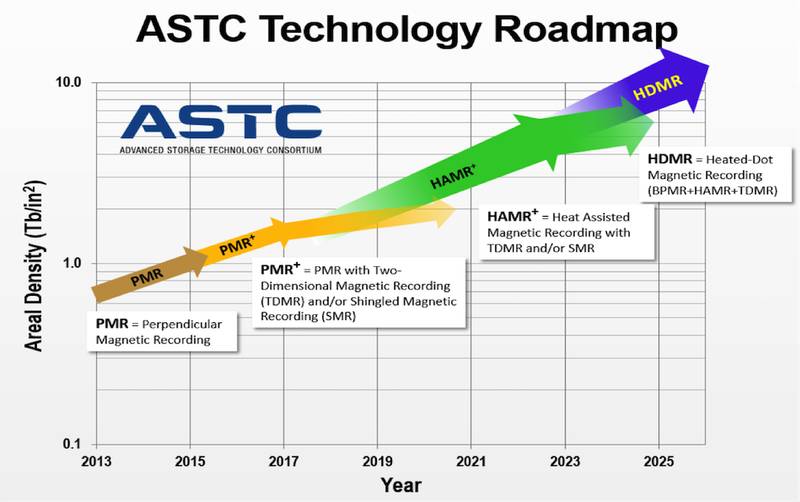Seagate on Track for Mass Shipment of 20TB HDDs by 2019
Bohs Hansen / 7 years ago

We live in a time where solid state drives are the thing, but hard disk drives shouldn’t be forgotten – and they aren’t. Seagate announced some exciting news in a blog post that promises a great future for those with a demand for high-capacity drives. Not only is Seagate on track to deliver 20TB, and bigger, drives by 2019, they’ll start the first shipment of drives to select customers in 2018.
Seagate HAMR Technology
HAMR stands for Heat-Assisted Magnetic Recording and it is the next step to increase the amount of data which can be stored on a hard drive. Where WD discarded the idea of HAMR and created their MAMR technology, Seagate is on track to be the first with the next big capacity jump. HAMR requires some changes to the materials which MAMR doesn’t, but that doesn’t mean that HAMR can’t be done. That’s a fact now. It is also considered the next technology to increase data density on the roadmap as defined by the Advanced Storage Technology Consortium (ASTC).

HAMR uses a new kind of media coating on each disk that allows data bits, or grains, to become smaller and more densely packed than ever. The coating also ensures that disks remain magnetically stable. A small laser diode attached to each recording head heats a tiny spot on the disk. This enables the recording head to flip the magnetic polarity of each very stable bit, enabling data to be written.
While the technology has the word heat in it, the drives won’t run any hotter. The small section affected is heated and cools down in a nanosecond. Hence, there’s no heat impact from the HAMR technology.
HAMR Pilot Volume
That it works is proven by the pilot volume built. Seagate already made and tested 40,000 HAMR drives. The drives have shown a reliability over 2PB of data on a given head. That equates to 35PB of data transferred over a five-year period on a 12TB drive. That’s impressive and it even goes beyond Seagate’s real-world application expectations.
The tests also disproved a rising concern among some people, that wear-levelling was needed to achieve the needed reliability. That isn’t the case as Seagate didn’t use any such techniques.
Infrastructure
While we all love leaps in technology advancements, we sometimes forget what goes on behind the production lines. A lot of times, new advances require new production facilities as well as new distribution channels. All that costs a lot of time and money. On top of that, it can delay the actual roll-out of otherwise ready technologies. Luckily, none of that is the case for Seagate and HAMR. The drives are built using existing facilities and the same assembly lines as current products. That fact is what speeds up the process and allows Seagate to get started with the next generation of HDDs.
Timeline
- Now: 40,000 drives built and tested. Integration tested with successful results.
- 2018: Shipment to key customers will commence.
- 2019: Volume shipments of 20TB+ drives.
- 2023: 40TB or higher drives expected.



















